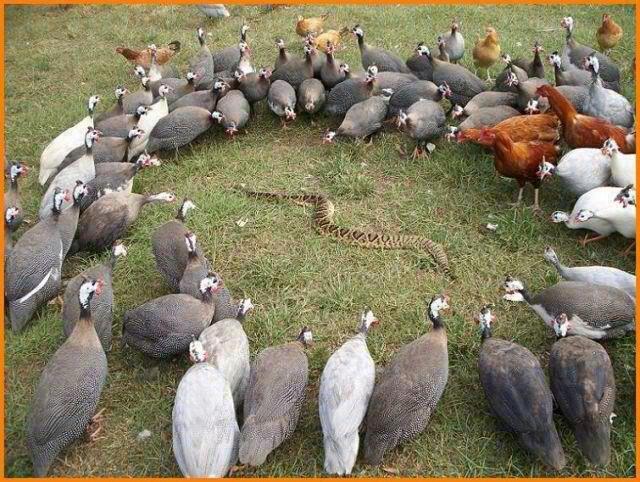A Nakuru County hatchery entrepreneur has resorted to dipping her chickens in pesticide suspension, a method which she says kills more than 90 percent of external parasites.
Mary Njeri, the owner of Poultry Farm Hatchery, said chicken shake off powder pesticides, making them less effective in controlling the blood sucking external parasites.
The agripreneur uses between 20 and 40 chickens in hatching chicks for sale. He realised that after the 21-day period, the chickens show discomfort besides notable weight loss.
“Immediately after hatching, the chickens keep pecking mites and fleas from under the wing. They keep scratching themselves too. I found immersing them in treated water to be the most effective method after powders failed,” she said.
Njeri said heavy infestation leads to significant loss of weight because the chicken feed less frequently while brooding while the pests keep ‘taxing’ blood.
Brooding usually takes place in nests, which may be dusty. The continuous warmth from the chicken, she says, supports the multiplication of the parasites.

“Immersion works up to 99 per cent because the chemical seeps into the body of the parasites even after the chicken shakes off while drying. As it dries, the paste remains on the body of the pesticide and starts deteriorating its skin,” she said.
It is not easy to see the parasites. But a keen look into the skin under strong sunlight will show speckling deposits. The deposits are parasite droppings.
Caution should be exercised during immersion, she warns.
Selective pesticide
She uses Ectomin, a chemical meant for external use only-if it harms parasites, it can do the same to the chicken if ingested.
“I only dip the chicken up to the base of the head. I then hold the head carefully for a rub on the wattle and the crown. The two milimetre pesticide against 20 litres of water is only sufficient to harm the parasites, not the chickens,” she said.
In preventing the spread of the parasites to the other poultry, Njeri does this always before letting the brooders join other birds.
READ ALSO: Mint used to control fleas, mosquitoes
Together with her husband, Dennis Chege, they sell chicks of kienyeji chicken, broiler, KARI, layers, Kari indigenous, among others at different prices depending on the age, and breed.
On sale
For instance a day old kienyeji chicken is sold at Sh90 while a KARI one costs Sh100. Kuroiler chicks fetches Sh110 each.
The 20litre dose is sufficient for 20 chickens. The immersion is preferably done on sunny days to avoid cold to the chickens. Chicks, also, should not be subjected to the same baptism.
They also sell doves, pigeons, among other birds.
READ ALSO: Farmer fetches 'humble' thousands from doves and pigeons monthly
Chege can be reached on +254725012098 and Mary on +254719216513
Write comment (0 Comments)
















